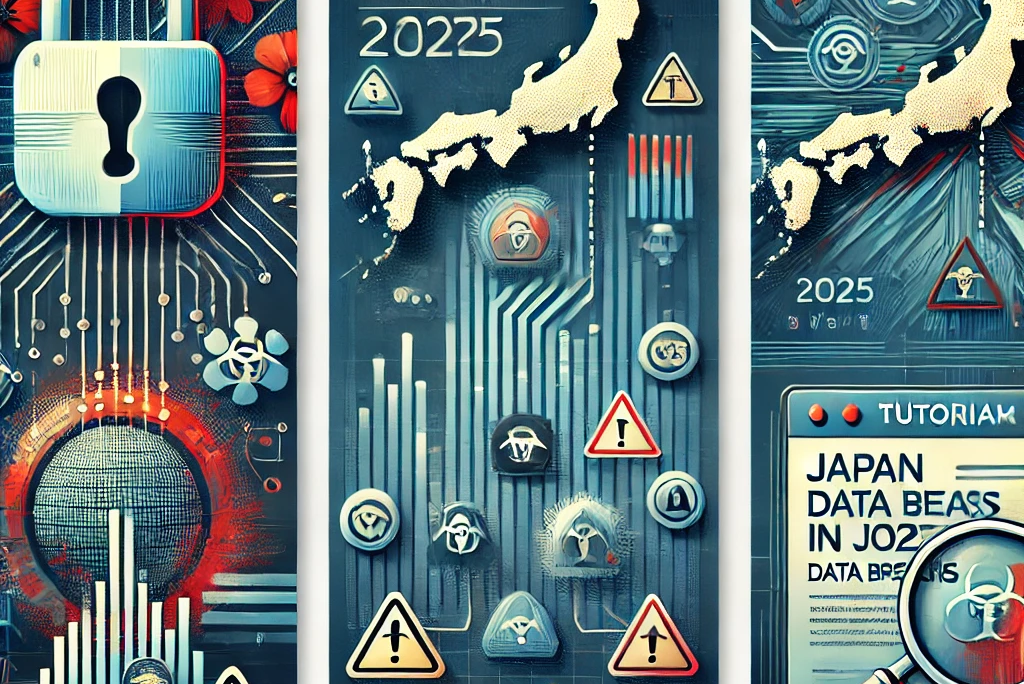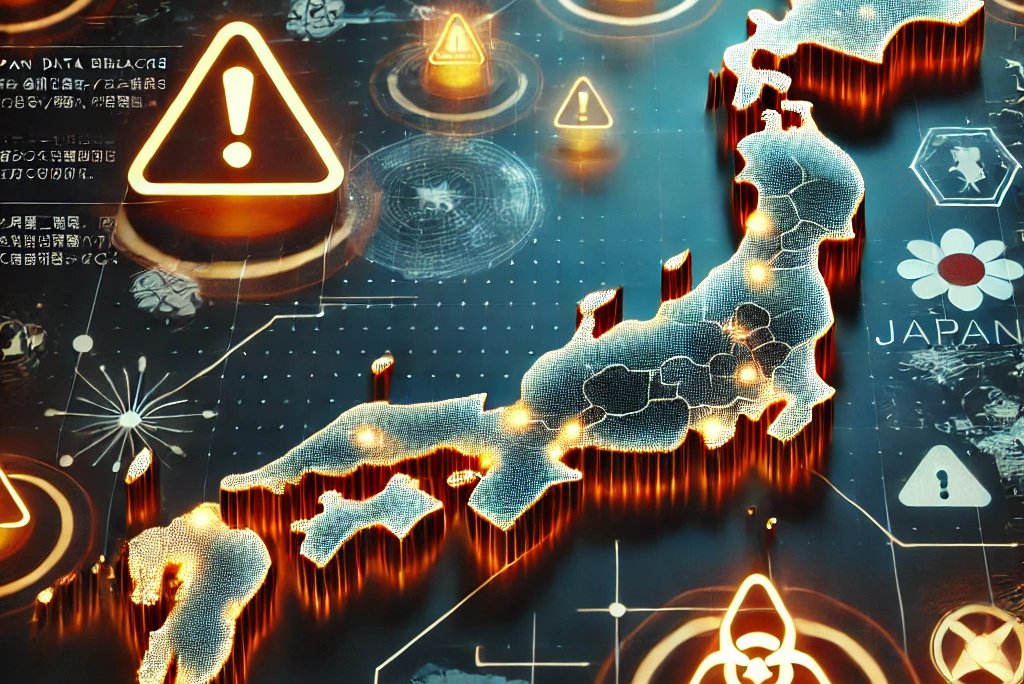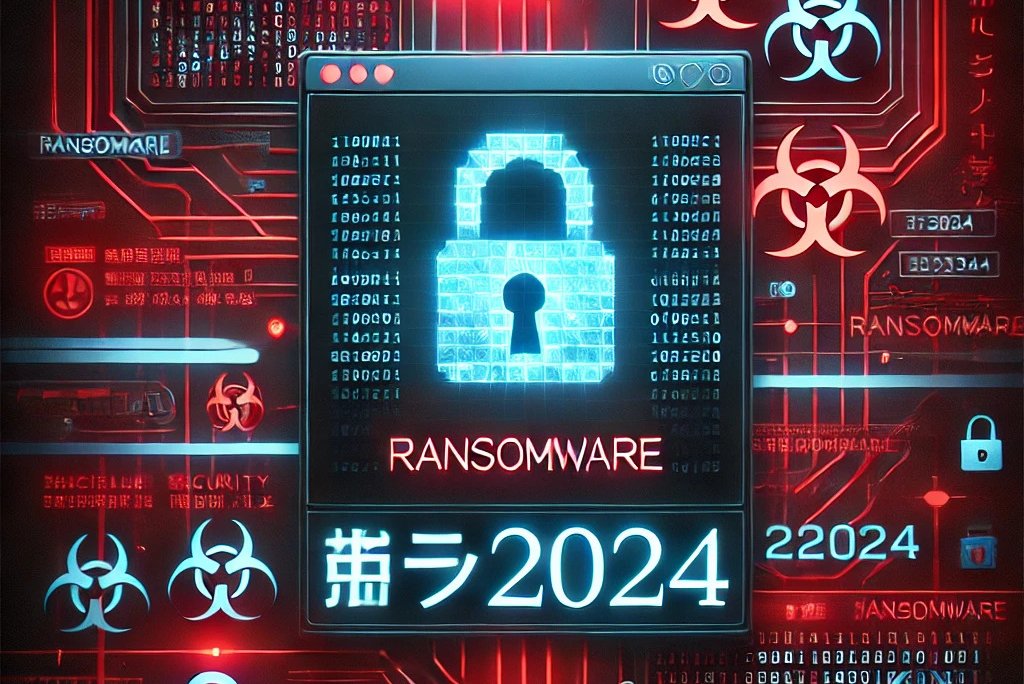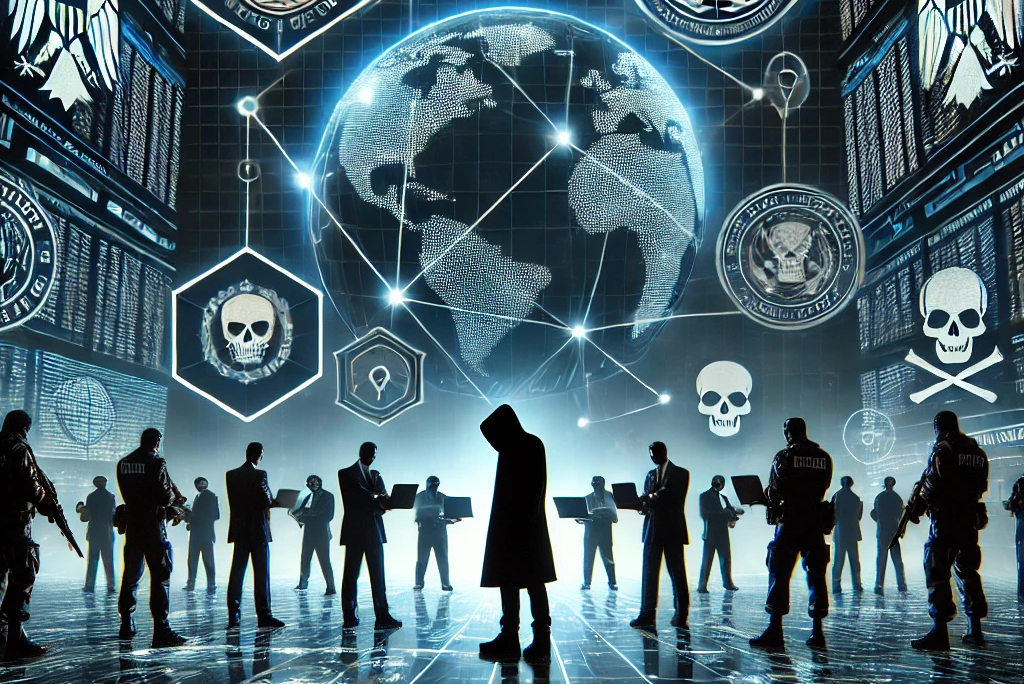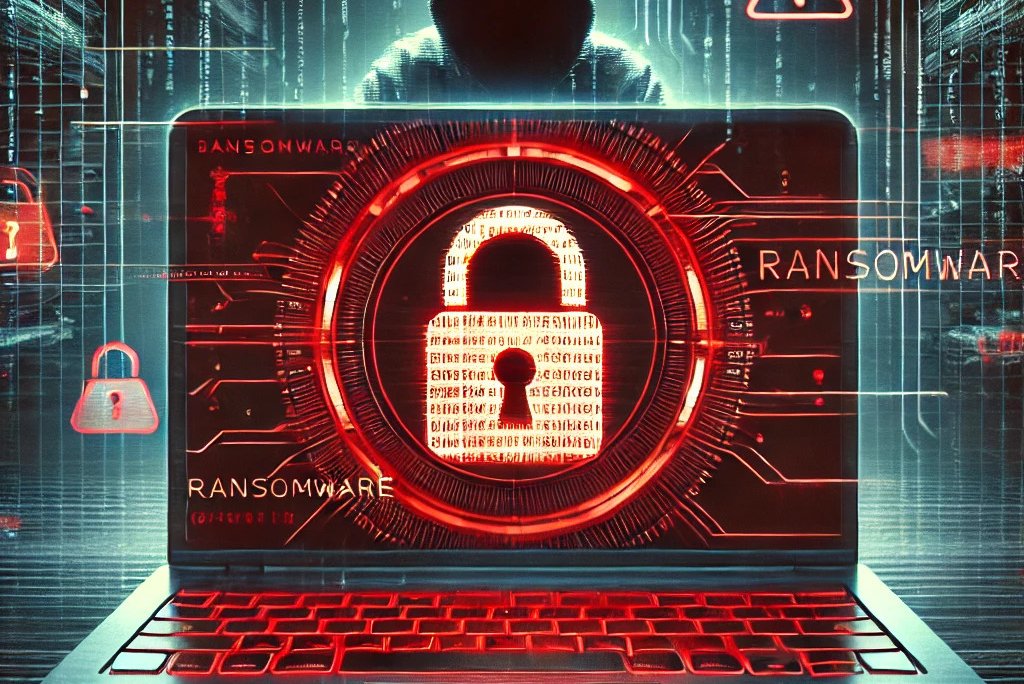Ransomware Attack on DIC Utsunomiya Central Clinic
March 9, 2025
On February 10, 2025, DIC Utsunomiya Central Clinic suffered a ransomware attack, revealing that personal information for up to 300,000 patients and related parties may have been compromised. We provide a detailed explanation of the attack’s background, impact, and response measures.
- Incident
- Result
- MITRE ATT&CK Analysis
- Disclosure Timeline
- Reference
Table of Contents

Incident
On February 10, 2025, DIC Utsunomiya Central Clinic announced that it had suffered a ransomware attack potentially exposing personal information for up to 300,000 patients and related parties. Cyberattacks targeting healthcare institutions are increasing yearly, and this incident starkly exposes vulnerabilities in medical cybersecurity.
Incident Overview
On February 10, the clinic experienced a system malfunction that rendered its electronic medical records and appointment system unusable. An investigation revealed that a ransomware attack was the cause, leading to the immediate disconnection of affected servers from both the Internet and the internal network. This action, however, significantly disrupted clinical operations.
Potentially Compromised Information
The attacked servers stored personal data for up to 300,000 individuals. The compromised information may include:
- Patient Data: Names, dates of birth, genders, addresses, phone numbers, email addresses, treatment details, and health check-up information.
- Medical Staff Data: Names, dates of birth, genders, addresses, and phone numbers for doctors, nurses, and other staff members.
Note: Financial information such as bank account details, credit card data, and social security numbers were not included.
Current Response Measures
DIC Utsunomiya Central Clinic has formally reported the incident to the following bodies and is actively investigating:
- The Personal Information Protection Commission
- The Ministry of Health, Labour and Welfare
- The police (cooperating with the investigation)
In addition, the clinic is collaborating with external cybersecurity experts to determine the cause and to implement measures to prevent future incidents. Patients and related parties have been advised to be cautious of suspicious emails and phone calls, and some medical and health check-up services remain limited.
Impact on Healthcare and Lessons Learned
Ransomware attacks have severe consequences for healthcare institutions, including:
- Delays and confusion in patient care due to inaccessible medical records.
- Erosion of trust among patients and related parties following a potential data breach.
- The risk of ransom demands emerging as a consequence.
This incident underscores the need for all healthcare facilities to avoid complacency and continuously enhance their cybersecurity measures.
Recommended Cybersecurity Measures for Healthcare Institutions
- Conduct regular security assessments and manage system vulnerabilities.
- Ensure proper backup of electronic medical records and patient data (offline storage is recommended).
- Provide ongoing cybersecurity training to employees, focusing on phishing and malware defense.
- Implement a zero-trust model with strict access controls and privilege management.
Conclusion
The ransomware attack on DIC Utsunomiya Central Clinic has once again highlighted the critical vulnerabilities in healthcare cybersecurity. All medical institutions must strengthen their defenses consistently, rather than assuming they are immune. For the latest updates, patients and related parties should refer to the clinic’s official website.
Source: https://ucc.or.jp/2025/02/17259
Result
No ransom paid, but sensitive data is now a global liability.
Note: This is not a win. While no ransom was paid, the data has still been leaked, posing a direct risk to global supply chains. Internationally, data exposure is often more damaging than the ransom itself, yet Japanese companies fail to recognize this. Worse, many organizations attempt to downplay or obscure the extent of their breaches, rather than addressing the core issue. Japan must recognize this failure.
MITRE ATT&CK Analysis
| Tactic | Technique (Example) | Description | Evidence/Considerations in the DIC Utsunomiya Central Clinic Case | ||
|---|---|---|---|---|---|
| Initial Access | T1566 (Phishing) or T1190 (Exploitation of Public-Facing Application) | Attackers often gain initial access via phishing emails with malicious attachments or by exploiting vulnerabilities. | The announcements do not disclose the exact entry vector. The ransomware is attributed to a third-party attack, leaving phishing or vulnerability exploitation as possible methods. | ||
| Execution | T1059 (Command and Scripting Interpreter) | Ransomware payloads are typically executed via scripting (e.g., PowerShell) to automate encryption processes. | The rapid encryption of the server suggests automated execution, likely triggered by scripts or commands executed upon successful deployment of the payload. | ||
| Persistence | (Not clearly applicable) | Attackers may attempt to maintain access by installing backdoors or modifying system services. | In this case, affected servers were isolated immediately from the Internet and internal networks, reducing the opportunity for long-term persistence. | ||
| Privilege Escalation | T1068 (Exploitation for Privilege Escalation) | Attackers may exploit vulnerabilities to gain elevated privileges, facilitating deeper system compromise. | There is no evidence or specific mention of privilege escalation; the attack seems to have been executed using the privileges available on the compromised server. | ||
| Defense Evasion | T1562 (Disable or Modify Tools) | Attackers often disable or tamper with security tools and logs to avoid detection. | While not explicitly stated, the rapid progression of the ransomware attack suggests that evasion techniques may have been used to bypass existing security controls before the attack was detected. | ||
| Credential Access | (Not clearly applicable) | Some attacks involve harvesting credentials to move laterally or escalate privileges. | There is no mention of credential theft in the available reports, so evidence of credential access is not provided. | ||
| Discovery | T1083 (File and Directory Discovery) | Attackers scan the compromised system to identify valuable files and directories for encryption or exfiltration. | Given the volume of sensitive patient and staff data stored (up to 300,000 records), it is likely that attackers performed discovery to identify the most critical information for their objectives. | ||
| Lateral Movement | T1021 (Remote Services, e.g., RDP) | Attackers may move laterally within a network to compromise additional systems. | While the attack primarily targeted a clinic’s server, the possibility of lateral movement cannot be ruled out if other systems were affected; however, specific evidence of lateral movement was not disclosed. | ||
| Collection | T1560 (Archive Collected Data) | Prior to exfiltration, attackers often gather and compress targeted data to facilitate its transfer. | The large volume of personal information on the server suggests that data collection efforts could have been employed, potentially preparing the data for exfiltration. | ||
| Exfiltration | T1041 (Exfiltration Over C2 Channel) | Collected data may be transferred to an external command-and-control server via an established channel. | Although the investigation has not confirmed external data leakage, the possibility of partial exfiltration is noted in the report given the potential exposure of up to 300,000 personal records. | ||
| Impact | T1486 (Data Encrypted for Impact) | Ransomware encrypts data to disrupt operations and force ransom payments, significantly impacting business continuity. | The ransomware attack rendered the clinic’s electronic systems (including medical records and appointment systems) inoperable, leading to severe operational disruptions and a temporary limitation on clinical services. | ||
Disclosure Timeline
Reference
-
🇯🇵💰Ransomware Cases in Japan 2025
-
1Ransomware Attack on DIC Utsunomiya Central Clinic


